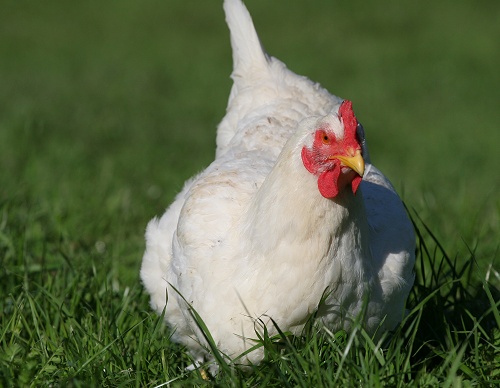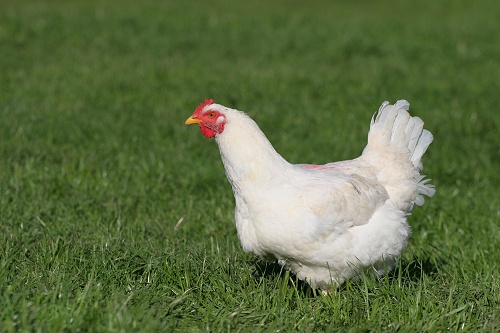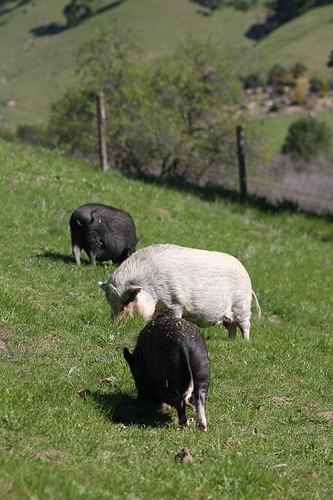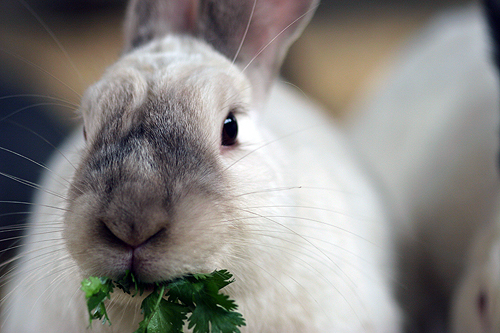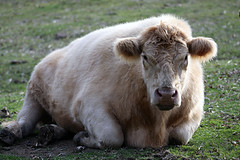
Although it's long overdue,
the United States Environmental Protection Agency (EPA) has announced that six greenhouse gases *may* pose a health risk and are a serious threat to our planet. This has been something leading scientists and environmental organizations have said for years, of course, but better late than never (if there is a "late", of course).
I should point out that the only reason the EPA looked into this matter is because they were ordered to by the United States Supreme Court in
Massachusetts v. Environmental Protection Agency. That's right, it took the highest court in the land to rule that the EPA should consider doing it's job.
The results of the EPA's required investigation are not startling - the anthropogenic (caused by humans) sources of carbon dioxide, methane, nitrous oxide, hydrofluorocarbons, perfluorocarbons and sulfur hexafluoride pose a serious health risk to ourselves, nonhuman animals and our planet.
So, what about these gases - how does it relate to farmed animals?
Let's start with methane. Methane is produced naturally from a variety of sources, including wetlands. Natural production of methane comprises 40% of total output...the other 60% is produced by human activity.
In the United States, as of 2003, the livestock sector accounted for nearly 30% of methane production (part of that is from enteric fermentation and part of it is from manure lagoons), landfills for about 24% and natural gas production for another 24%.
Worldwide, the livestock sector comprises 37% of anthropogenic methane emissions. Methane is 23 times more "warming" than carbon dioxide.
Next up is nitrous oxide, which is generally produced from the oxidation of nitrogen compounds. The number one source of nitrous oxide is from "soil management", more specifically from fertilizer. Most fertilizer contains the manure of animals.
According to the EPA, nearly 70% of nitrous oxide production can be traced back to soil management or application of fertilizer. Worldwide,
the livestock sector is responsible for 65% of nitrous oxide production. Nitrous oxide, by the way, is 270 times more "warming" than carbon dioxide. The overwhelming majority of nitrous oxide emission can be attributed to the sheer volume of manure produced by the billions upon billions of animals farmed for their flesh, milk and eggs.
The livestock sector is responsible for about 9% of anthropogenic carbon dioxide emissions.
The majority of carbon dioxide produced by humans comes from the production of coal and natural gas, along with petroleum. The livestock sector makes up for it's lack of carbon dioxide production by exposing our planet to more powerful greenhouse gases, methane and nitrous oxide.
You can read a bit about the powerful hydrofluorocarbons, perfluorocarbons and sulfur hexafluorides
here.
It is doubtful that we will hear from our government officials on how a vegan diet can help the planet and our health. Agribusiness has been getting away with polluting our waterways, destroying our land and poisoining our air for years. They have oppressed our rural communities without legal or monetary recourse. The workers they employ are exploited and silenced. And they have reduced sentient, feeling beings to mechanized units of production by the tens of billions. And we have let them. Legislation isn't going to fix this problem. We can, but only by changing our behavior.
How you can help:
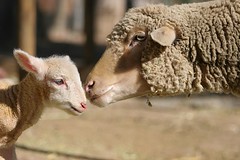
We know that industrial agriculture is wreaking havoc - the planet, human health, wildlife and domesticated species of animals are suffering. There is nothing more powerful than choosing to be part of a sustainable future. It's easy too - eat a plant-based diet. Remove meat, dairy and eggs and focus your efforts on purchasing whole-foods from as local as possible (reduces transportation-caused negative effects) and as affordably as possible. Learn more about community supported agriculture
here. Cutting out as much meat, dairy and eggs as possible will go a long way to promoting a
present that will allow for an actual future.
As to the EPA findings - once they are placed in the
Federal Registrar's docket, there will be a 60-day public comment period....you will have an opportunity to voice your opinion on what our government should be doing about this issue.
There will also be public hearings in May.
 Some fun news bits in just a moment - no animal update would be complete without an Animal Place animal update.
Some fun news bits in just a moment - no animal update would be complete without an Animal Place animal update.






